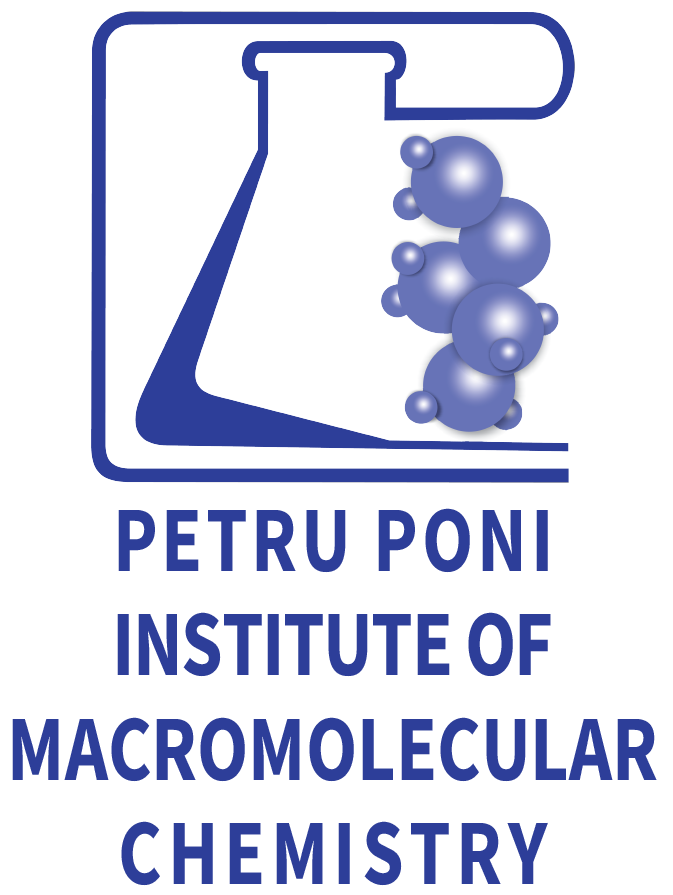Spacecrafts (such as CubeSat) in low Earth orbit (LEO) are exposed to several hazardous environments including the impact made by micrometeoroids and orbital debris (MMOD). There are 500,000 pieces of debris that are currently tracked and there are more than one million small debris pieces that can’t be tracked due to their small size. Collision results made by a piece of space debris can cause mechanical damage, material degradation, and, occasionally, the catastrophic breakup of operational spacecraft. Expeditions like Apollo 13 or STS-107 failed due to the lack of identification of external damages in the spacecraft. The project aims to develop a large-scalable method and a modular sensing technology based on silicone elastomers suppressing the disadvantages of other technologies intensely studied at the day. Basically, the proposed project aims to determine in real-time when an MMOD impact has occurred on a spacecraft shield or structure, area of the impact, depth, and importantly, where it occurred. Moreover, the proposed sensing technology will be operating on a wide temperature range (-70 to more than 150 oC), being lightweight and able to give real-time feedback to the operator, can detect simultaneous multiple damage impacts of different projectile sizes, as well as recovering the original shape after taking damage will be possible (self-healing properties).
|






